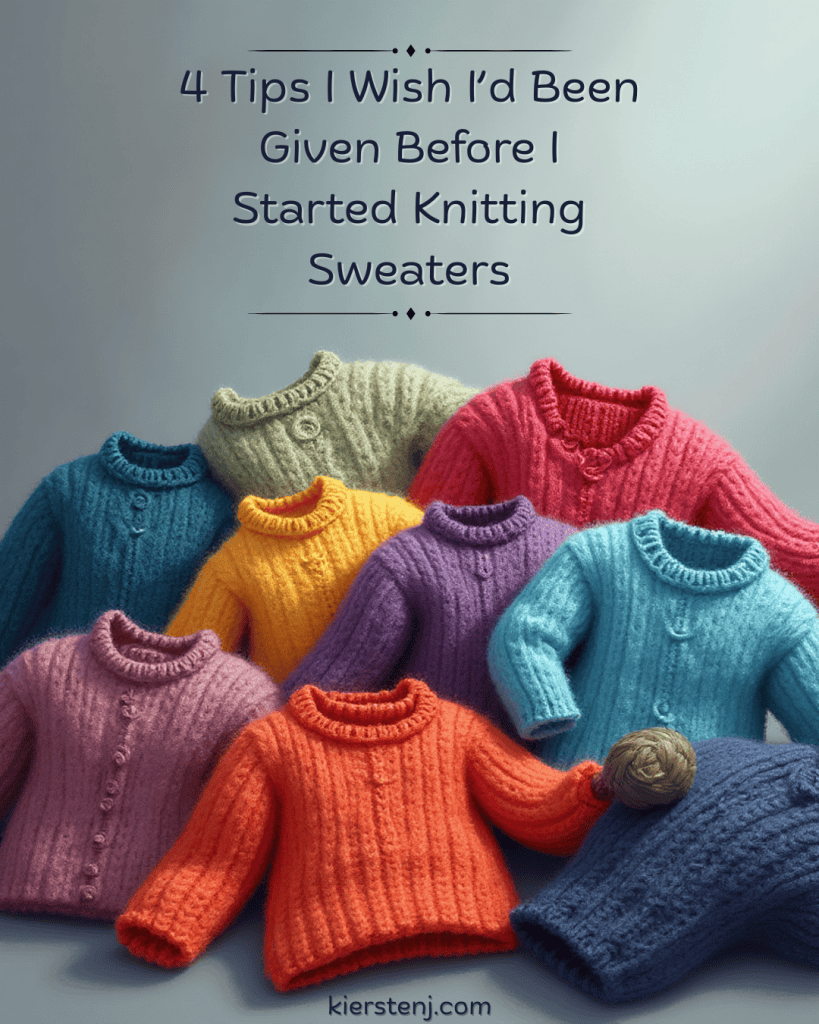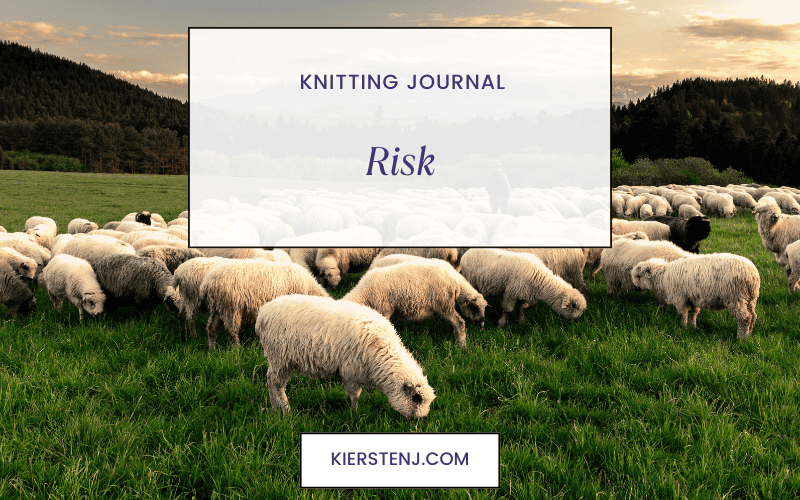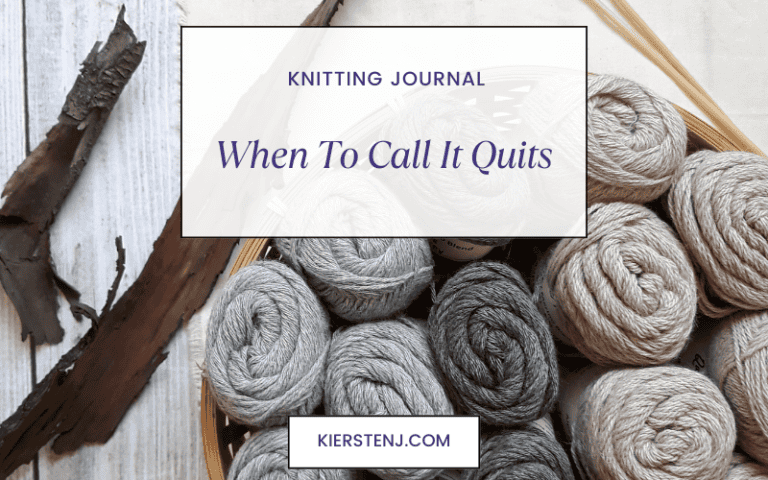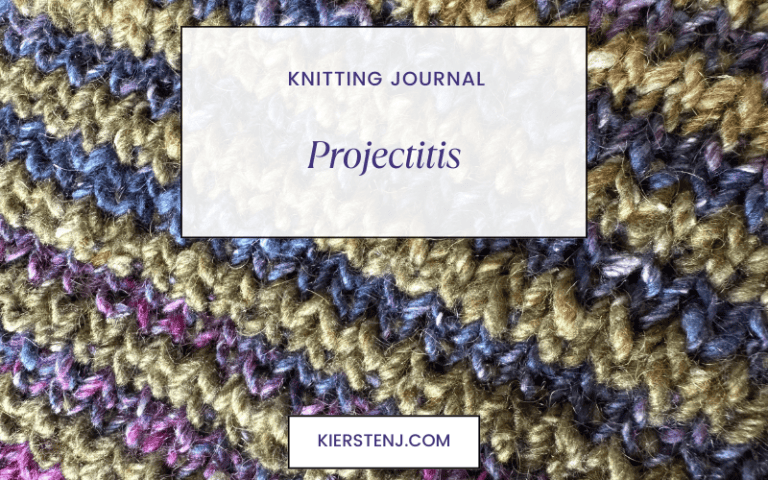Risk
Part of my contractual obligations, as a card-carrying certified introvert, is to take on the role of observer in gatherings. I enjoy watching people interact with one another in all sorts of situations, and you can learn a lot about people just by watching and listening to normal conversations. If I had a hundred lifetimes to live, I’d spend a few in social sciences, I think.
Lately, I’ve been noticing how people talk about risk and safety in different contexts. It’s hardly surprising that this topic comes up, considering current events and the fact that I (and many of my peers) am of an age that qualifies me for AARP’s targeted mailing list.

It’s fascinating to me to observe the folks who seem to be fearless when it comes to risk. I’m not. If you put me on a scale of one to ten with one being “She’s not coming out of that cave even if you promise tiramisu” and ten is “Cowabunga! Let’s drink from the marrow of life, friends!”, I’m probably a three.
It’s not always bad to be risk averse. I can think of a couple options I didn’t take that were absolutely the right call. But there are others I wonder about.
These thoughts can lead to swampy philosophical and theological waters, and I don’t have nearly enough coffee for that today. What I do have are two observations about risk that I think are interesting, especially for those of us who are not in near proximity to “cowabunga!”
Windows of Opportunity
One of my dear friends is considering a pretty major decision. He’s doing a lot of in-depth analysis, examining all the advantages and disadvantages, short-, mid-, and long-term. He’s doing all the good and wise things we do when we assess whether a risk is worth taking, and I admire his thoroughness.
He received a piece of advice that surprised me, and it’s stuck with me for several days. The advice was to acknowledge that he is at a unique juncture of time and opportunity, and the window for action will not stay open for very long.
It’s true in his situation, and it makes me wonder about what windows are currently open in mine.
This is part of being aware of the coming and passing of seasons in our life. Are we fully present in the current season with its blessings and obligations? If we have an inkling of what is coming, are we making wise preparations for it? What windows should we slip through before we lose the opportunity? Which ones are we content with allowing to quietly close?
Urgency is an effective marketing concept. It tells consumers to buy now before the supply or the deal runs out. The idea of a closing window is similar, but it feels gentler to me. If urgency is a shout, a window is a whisper: “Would you like to try?” You don’t have to pay attention, but you might discover something wonderful if you do.
Something that once seemed risky may instead feel exciting if the season of your life appears to be welcoming it.
Test Drives
I have an idea for a product that would make a bazillion dollars. Sadly, it cannot be produced.
It’s the Undo Button. Like the mute button on your remote control, you point it at whatever action you took that you’ve decided you don’t like, click the button, and POOF. Undone. The world is back to how it was as if you hadn’t done that thing.
We all want guarantees that our decisions will work out well, and the riskier the decision, the more we want that assurance.
The next best thing (aside from my Undo Button) is a reversible decision. My friend is working with this idea in his scenario: If he takes this step and it doesn’t work well, can he “go back” and what would be the effects of that? If you buy a boat and end up never using it, you can sell it. You won’t get all your money back, but you won’t likely be stuck with a boat forever.
And for those of us who get a little itchy with even that level of risk, we can thank the geniuses who came up with test drives, trial sizes, and free samples! I love getting the chance to try something out before making a big investment. (This is exactly why we made sure to offer a free sample lesson for Beast to Blanket for anyone who wanted to dip a toe into the dye pool before jumping in, so to speak!)
Risky Business
All of us have decisions before us that involve some level of risk. Why on earth would I write about this in a knitting journal?
Well, part of my job is to encourage you to explore your creativity and expand your skills in Fiber Arts. I’ve written before about how this can require courage, how it can challenge you, and how it can teach you lessons you didn’t expect to learn. That can be scary and feel risky.
But today I want to share another perspective, and it has to do with closing windows and reversible decisions and AARP mailings.
As I’ve mentioned earlier, I and several people who are dear to me have aged out or otherwise become ineligible for ultrarunning, climbing Mt. Everest, and swimming the English Channel. It’s inevitable, and will happen to all of us.
I’m seeing the people I care about fall into two camps: those who have hobbies they can enjoy as their bodies start to fail them, and those who do not.
Friends, it makes a difference. And with all the medical research showing the benefits of knitting and crocheting, these are great choices from a health perspective as well as a creative perspective.
My older son reminded me the other day that he remembers the instructions I’ve given him for when I’m infirm and have lost my mental faculties: “We put yarn and needles in your hands and tell you you’re at Pemberley.” It’s only partly a joke.
While the window of opportunity is open, even if it’s scary, learn to do something you can enjoy when your body weakens. Ask a friend to teach you to knit. Take a crochet class. Learn needle felting.
Taking a risk now to learn or develop your fiber arts skills gives your future self the gift of creative productivity.
Greg’s Got Questions:
Thank you to those of you who participated in the poll last week!
LAST WEEK’S QUESTION:
What tips would you give knitters who are just starting with sweaters so they can avoid the mistakes you made?

This question is worth a thoroughly written answer. (Where is my “to write about” list?) For now, here are my highlights:
- No matter how tempting it is to fire up the engines and get started knitting, take the time to get gauge and get accurate measurements for the size sweater you need to make. Do not guess or estimate or wing it. If you want your finished garment to be wearable, it has to fit on the actual human.
- Pay attention to the care instructions and behavior of the yarn you want to use and make sure it’s a good match for the sweater you want to make. If the design requires clean, visible lines, don’t use mohair or fuzzy alpaca. If you’re sensitive to lanolin, don’t use wool. If it’s a summer sweater, don’t use chunky merino. If it’s going to be worn next to the skin, don’t use something itchy. It doesn’t matter how pretty the color is, the actual makeup of the yarn matters. If you want the finished garment to be wearable, it has to be pleasant and practical to wear.
- Think carefully about what you actually wear before investing the time and money in making a sweater. Knitting an adult-sized sweater isn’t cheap, and it takes hours, even for the simplest design. If you’re a person who usually wears hoodies and sweatpants and dressing up means grabbing jeans with fewer holes than you have fingers and a top without a beer logo, then a sweater with ornate colorwork may not make any sense in your closet. Alternatively, if you don’t leave the house without being put together in your classically tailored look, an oversized boyfriend cardigan is not going to get a lot of playtime. You may find a pattern irresistible but know you’ll rarely wear it. Consider making it for someone else! If you want your finished garment to be wearable, it has to coordinate with your personal style.
- This could be 3b, but for the love of all things woolly, consider color. Look in your closet. What colors do you actually wear? What coordinates with what you have? Remember the investment you’re making in time and money constructing this garment. It doesn’t matter if the celadon yarn is $1 less per skein if it makes you look like a plague victim. We don’t win points for using stash yarn to make a sweater if all we’ve done is transfer storage from the basement to the closet. If you want your finished garment to be wearable, the color has to work for you and the rest of your wardrobe.
Greg’s Questions for This Week:
Here are the questions up for the vote this week. I’ll answer the winner in the next newsletter. (As a matter of procedure, the poll function takes you to another page to submit your vote, so if that happens to you, you’re on the right track!)
Question 1: Where would I fit on your risk fearlessness scale??
Question 2: What have you found to be helpful when it comes to being more aware of the seasons of our lives and what do you do to stay fully present in your current season?
Question 3: Which of the fiber arts are the best ones to carry someone the furthest into old age? I’m thinking about knitting or crocheting if I get arthritis for instance. Are there geriatric friendly needles or techniques? Is peg loom weaving a good option? I suspect something like needlepoint or cross stitch would be a bad choice for someone like me who at the early AARP-eligible age of 55 can barely see my hand without my readers! What do you recommend?
Happy knitting,
Kiersten J







